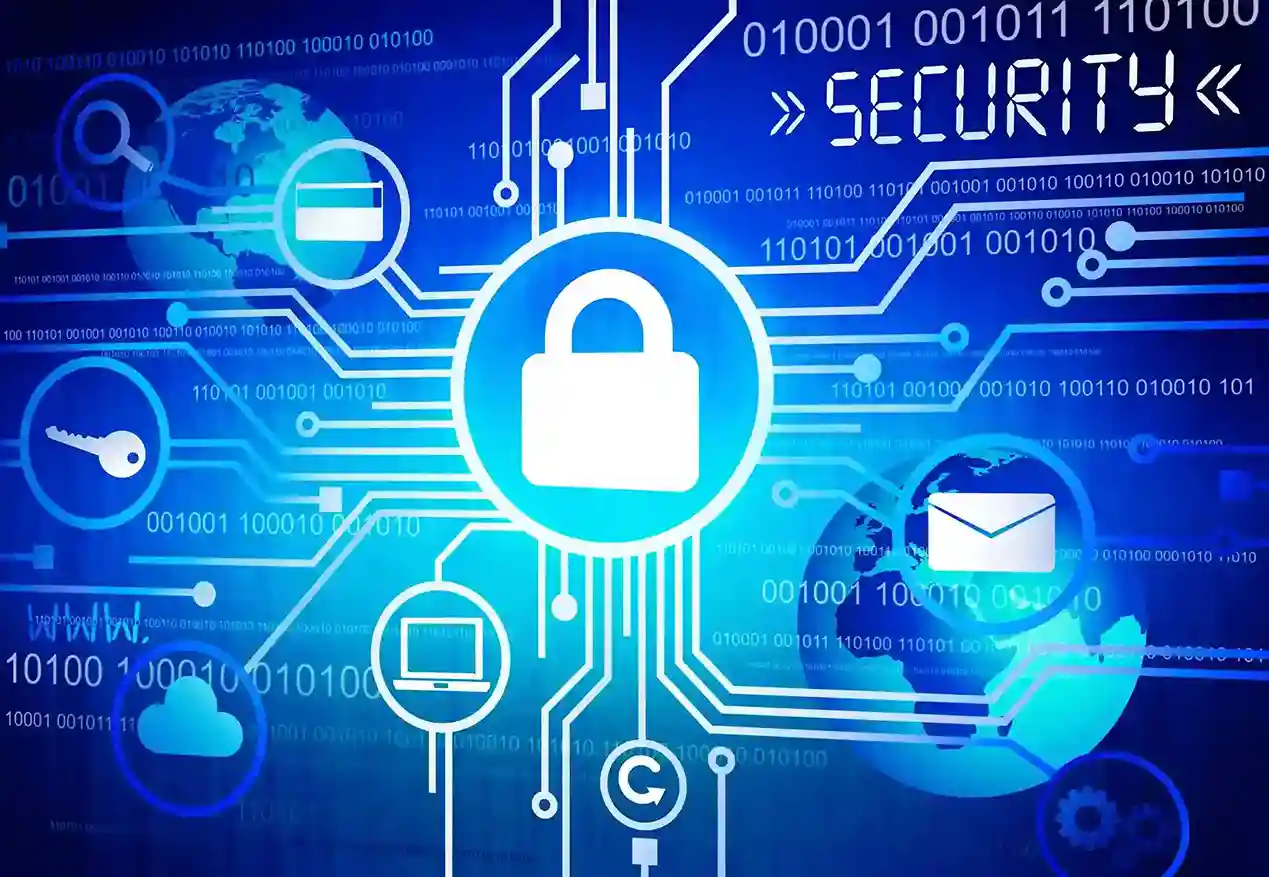- Home
- Anyone Without Strong Defenses Will Eventually Be a Victim.
Anyone Without Strong Defenses Will Eventually Be a Victim.

April 9, 2022 - Technology
Anyone who does not have strong defenses will become a victim at some point. Don't fall into the trap of being one of them.
Cybercriminals are ecstatic about the havoc they can wreak with nearly 90% of people in the developed world connected to the Internet. The rise in “zero-day vulnerabilities” — flaws that have yet to be discovered or for which no patches have been released — is providing a big boost to cybercriminals.
In 2021, there will be 648 cyber threats per minute, with a data breach costing more than $7 per minute. That works out to nearly $3.76 million per breach per year, and that doesn’t include any damage to systems or data stores that may occur as a result of an attack. In short, the cost of resolving these attacks is rising all over the place.
To keep their networks secure, savvy business leaders have traditionally relied on two mechanisms: zero trust and endpoint protection. These strategies have proven to be effective, but modern businesses require more to defend against well-funded cybercrime organizations.
Best Practices for Risk Reduction
While there are numerous ways to reduce risk, ranging from vendor management to user training, three stand out as essential safeguards that must not be overlooked:
- Multi-Factor (also known as Two-Factor) Authentication:
A method of authentication in which a user is granted access to a website or application only after successfully presenting two or more pieces of evidence — something they know, such as their home address, something they have, such as a device, and something they are, typically referred to as “biometrics,” which refers to a finger or palm print, retinal scan, or facial recognition. - Endpoint Detection & Response (EDR):
EDR is far more powerful than antivirus, which is only concerned with preventing cyber threats from entering a network. When threats like cyberattacks get past an antivirus solution, EDR detects it and alerts teams, allowing them to stop the threat from spreading across the network. - High-Level Configuration of Microsoft 365:
Microsoft 365 uses the Microsoft cloud infrastructure to protect devices (or endpoints) in the organization by combining machine learning, big data analysis, and in-depth threat resistance research. - Best Protection: Security as a Service (SecaaS):
Security as a Service (SecaaS), an offering designed to protect businesses and ensure their operational continuity, will be implemented by the most cautious business leaders. Although the components of SecaaS differ from one provider to the next, the best ones include system and network monitoring and management experts. They should be able to tell the difference between a network irregularity — or approved insider activities that look like irregularities — and a real threat. Using artificial intelligence (AI) and behavioral analysis, this security solution incorporates the most advanced EDR available, allowing it to detect previously unknown threats.
Security as a Service is beneficial to all businesses, but it is especially important for those in high-risk industries or those subject to compliance mandates. It also frees up resources for internal teams to deal with other threats like unauthorized access requests.
The “enterprise perimeter” is no longer just a line separating the inside of a company from the outside world. It’s a line of defense that’s constantly being breached. One of our main goals at CubeZix is to assist decision-makers in defending that perimeter — and the resources within it — with a solid strategy backed by practical tactics.
